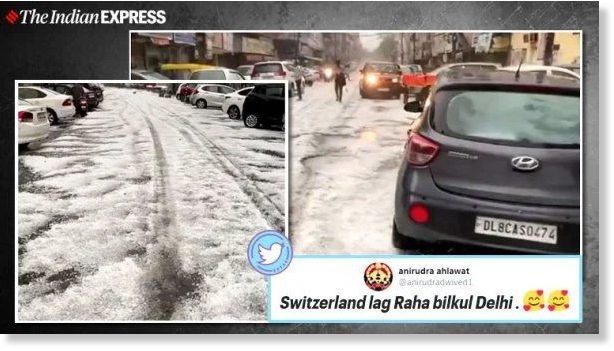Chad
The Living Force
In just the last couple of months i've been seeing so many social media posts from the Britain & Ireland showing sun dogs, strange clouds and really vivid sunsets , and i'm pretty sure it's not just because people have more time and what not because of the lockdown. Having lived in England for nearly 2 decades i'm pretty sure those kinda things were rare; i saw a moondog, once.
Anyway, as an example, and what prompted me to bring it up again (i've mentioned it elsewhere on the forum) was this stunning example of a sun dog from the 22nd April in Cork, Ireland
Added: It's already up on SOTT: Giant rings around the sun over Cork, Ireland explained
Anyway, as an example, and what prompted me to bring it up again (i've mentioned it elsewhere on the forum) was this stunning example of a sun dog from the 22nd April in Cork, Ireland
wiki said:Sun dog - Wikipedia
Sun dogs are commonly caused by the refraction and scattering of light from plate-shaped hexagonal ice crystals either suspended in high and cold cirrus or cirrostratus clouds, or drifting in freezing moist air at low levels as diamond dust.[2]
Added: It's already up on SOTT: Giant rings around the sun over Cork, Ireland explained


 :
: